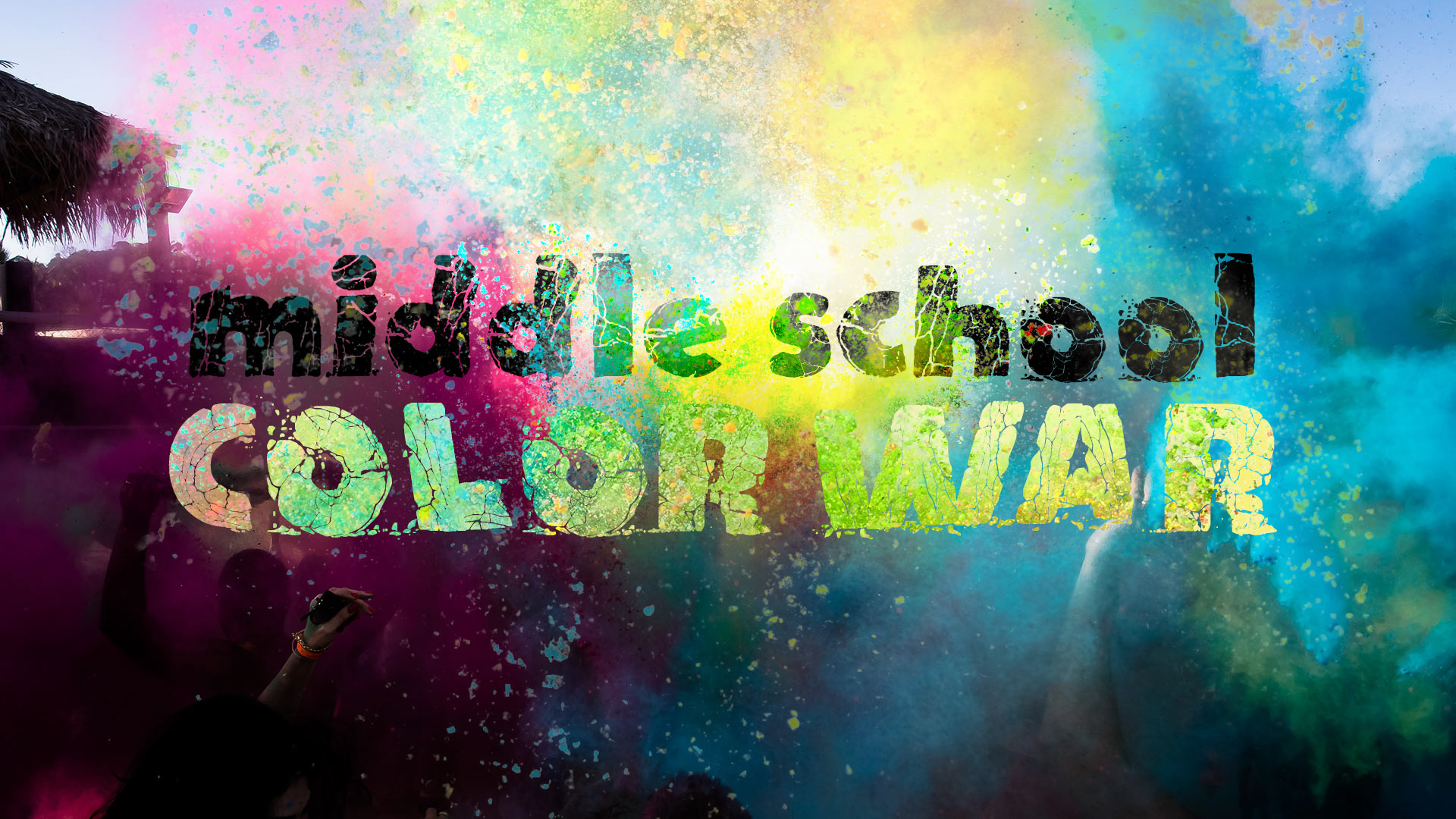

Another, a striding, feathered bronze bird, greets visitors to the Adams Alumni Center. The University of Kansas colors, crimson and blue, used since the early 1890s, are not the colors originally adopted by the university Board of Regents in the 1860s. The regents had decided to adopt the Michigan colors, maize and sky blue. Maize and blue were used at early oratorical meets, and they may have been used when Kansas competed in rowing in the middle 1880s. However, when football came upon the scene in 1890, the student backers wanted to use Harvard crimson as the athletic color in honor of Col.

McCook, a Harvard man, who had given money for an athletic field at KU. That field ran east and west in the proximity of where the north bowl of Memorial Stadium stands on the Kansas campus today. Until that time, Kansas football games were played at Central Park on Massachusetts Street in downtown Lawrence. Some Yale men were on the faculty, and they demanded that Yale blue be included. The rooters rallied forth to follow crimson and blue on their team. No one fought to retain the original colors, and the vivid deeper tone crimson and blue became generally used. Finally, in May 1896, the KU Athletic Board adopted crimson and blue as the official team colors for the university. “I’m a Jayhawk,” written in 1912 by KU graduate George “Dumpy” Bowles, became popular with KU students in 1920.


 0 kommentar(er)
0 kommentar(er)
